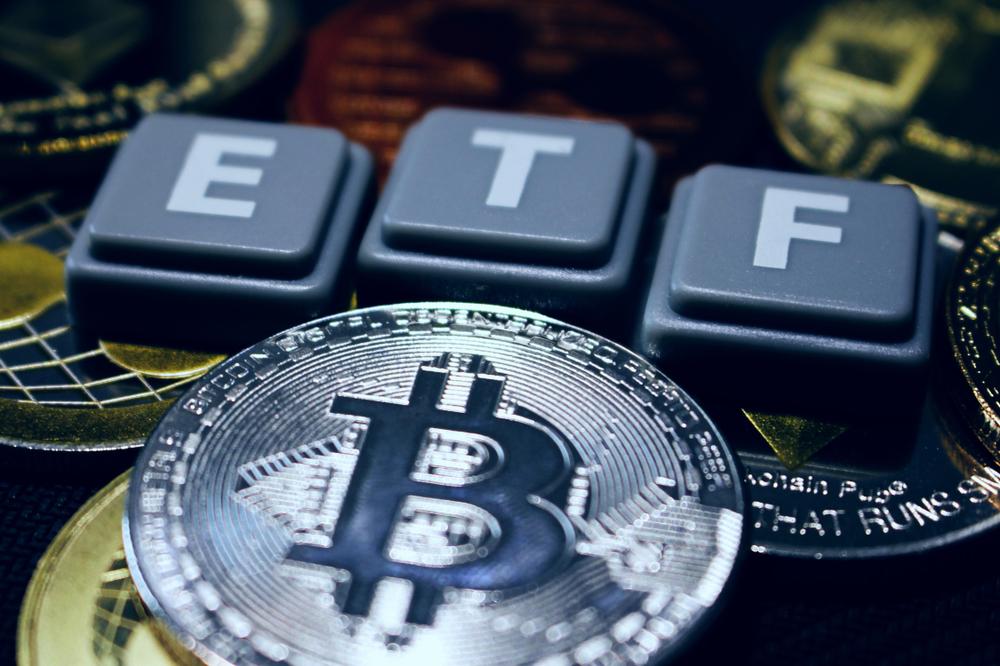- A Bitcoin spot ETF would make it easier than ever for baby boomers to invest in the crypto, appealing to a demographic that typically only invests in products with the highest regulation.
- It would also give Bitcoin the clearest regulatory validation since the SEC, CFTC, and Congress have all failed to issue policy directions for the sector beyond taxes and AML controls.
It’s inching closer! The deadline for the SEC to issue its decision on a Bitcoin spot ETF is only days away, and the excitement around the announcement is getting euphoric. But what does the ETF mean for the top crypto, and could it be the catalyst for BTC to hit the coveted $100,000 level?
An exchange-traded fund is a pooled investment that tracks an index, a commodity, a sector, or, in the case of Bitcoin, an asset. ETFs can trade on stock markets like a share would and are available to even the most strictly regulated asset managers.
For Bitcoin, the appeal of an ETF is heightened, given the regulatory ambiguous nature of the asset and its lack of mainstream appeal.
Bitcoin Beyond Borders – The ETF Effect
A vital benefit of a spot ETF would be that it would take Bitcoin beyond the traditional market it has appealed to for over a decade. The top crypto launched as an internet payment method for technophiles, and while its appeal has expanded to some mainstream circles ($9 trillion asset manager BlackRock has a pending ETF application), it has yet to hit the masses.
For BTC to attract the traditional market, including baby boomers who prefer more mainstream assets, it has to be easy to invest in. Most of these only invest in assets that are fully regulated, easy to invest in, and carry almost no risk.
Through an ETF, they can just as easily buy into BTC as they would Apple or Microsoft shares, or other ETFs like the Nasdaq 100. It would also allow them to get into Bitcoin directly without having to worry about wallets, addresses, seed phrases, and other Bitcoin jargon.
Investors aged above 40 years also tend to invest through trusted asset managers and brokers. These intermediaries invest in assets that give them good returns, are regulated, and are easy to get into and out of. With ETFs, the asset managers would earn a management fee, incentivizing the employees to market the Bitcoin ETF to their clients.
This explains why some of the largest asset managers have been scrambling to be among the frontrunners in ETF issuance. Two of them, Fidelity Investments and BlackRock have combined assets under management totaling over $13 trillion. If a percentage of these funds flowed into Bitcoin, they could be the catalyst for the push to $100,000.
On the other hand, these leading companies understand the importance of first-mover advantage. With ETFs, most of the investment is concentrated with a few first movers. With gold, BlackRock and American investment bank State Street control 85% of the ETF market with their iShares Gold Trust (IAU) and SPDR Gold Trust (GLD) respectively.
Crypto News Flash does not endorse and is not responsible for or liable for any content, accuracy, quality, advertising, products, or other materials on this page. Readers should do their own research before taking any actions related to cryptocurrencies. Crypto News Flash is not responsible, directly or indirectly, for any damage or loss caused or alleged to be caused by or in connection with the use of or reliance on any content, goods, or services mentioned.
Credit: Source link
































